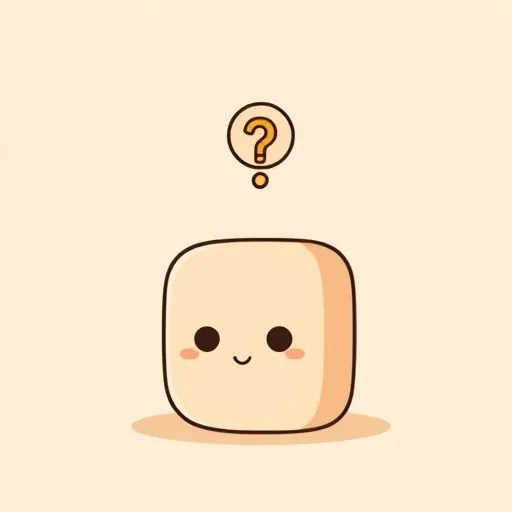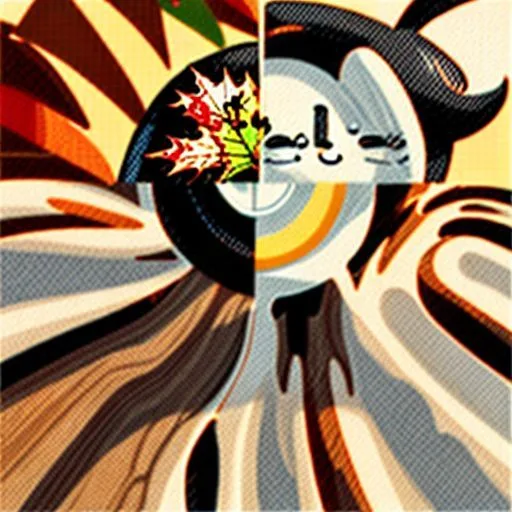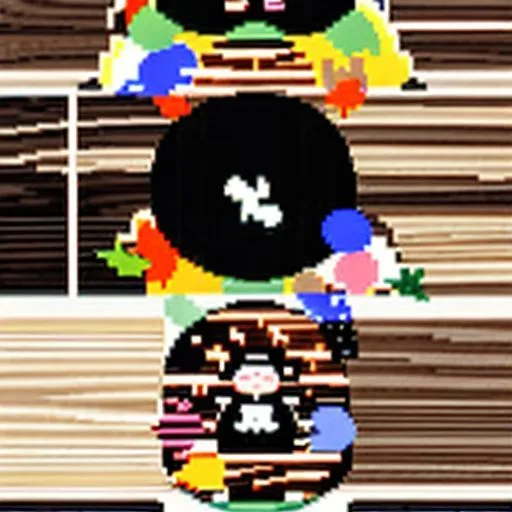
You know that feeling when your little one tries to build a tower with blocks, it tumbles down, and they try again with a different approach? That determination to learn from what didn’t work? Well, guess what—AI is starting to do the same thing! Recent developments show AI systems that can test and fix their own code, and as a dad watching both my child grow and technology evolve, I can’t help but see the beautiful parallels. It’s not just about smarter machines—it’s about what this teaches us about raising resilient, curious kids in a world that’s constantly learning and adapting.
The beautiful mess of learning—for both humans and machines

Remember watching your child stack those blocks? That wobbly tower that inevitably crashes? There’s something magical in that moment—not in the success, but in the trying again. The same spark is happening in AI right now! Systems are being built that can test their own work, spot errors, and improve—just like our kids do when they figure out that wider base makes for a sturdier tower.
Wow, isn’t it wild that tech can now do its own detective work—testing and fixing itself? That’s exactly like when my kiddo realizes ‘Hey, this wider base really holds up!’ That iterative process of try, fail, learn, try again—it’s the very essence of how we grow, both as people and as creators. And seeing it mirrored in AI development? It gives me so much hope for the future our children are stepping into!
Why getting it wrong might be the most important part of getting it right

Here’s what really gets me excited: the recognition that mistakes aren’t failures—they’re data points. Whether it’s an AI system identifying coding errors or our children figuring out that particular approach didn’t work for that math problem, the process is fundamentally the same.
We’ve all had those moments helping with homework where the frustration sets in—but then that breakthrough happens when they try a different method. That ‘aha!’ moment is pure gold! And now AI systems are being designed to create their own ‘aha!’ moments through self-testing and correction.
What if we approached parenting with this same mindset? Not as perfection-seeking, but as progress-making. Every stumble, every ‘oops’ moment becomes valuable information for the next attempt. It changes everything when we see challenges not as obstacles but as opportunities to gather data and improve!
Building guardrails that encourage exploration, not limitation

Just like I cheer from the sidelines when she tries a new recipe—mixing ingredients with that focused little frown—we create environments where exploration thrives within safe boundaries.
The most fascinating part of these new AI systems isn’t just that they can fix errors—it’s how they’re designed to do it safely. They have built-in checks and balances that allow for experimentation while minimizing catastrophic failures. Sounds familiar, right?
We do this every day as parents! Whether it’s letting them try that new recipe with supervision or encouraging them to climb that playground structure while staying close enough to catch them if they slip.
The goal isn’t to prevent all mistakes—it’s to create systems where learning from mistakes is not just possible but encouraged.
These AI developments remind me that the safety nets aren’t cages but springboards for growth!
The human touch in a self-correcting world

Here’s what really warms my heart about all this: even as AI systems become more autonomous in checking their work, they still need human guidance. The high-level direction, the overall goals—that human element remains essential.
It’s exactly like parenting! We’re not micromanaging every block placement or homework problem, but we’re providing the framework, the values, the overall direction. We’re teaching our children how to think, not what to think—how to approach problems, not just memorize solutions.
That beautiful balance between autonomy and guidance, between independence and support—it’s what makes both AI systems and human children thrive. The technology isn’t replacing human judgment; it’s amplifying it, just like our parenting amplifies our children’s natural curiosity and resilience!
Raising children who aren’t afraid to try, fail, and try again

After a quick kimchi pancake breakfast, we stroll the 100m to school—my daughter still buzzing from yesterday’s block-building ‘aha’ moment. It reminds me of the hope and trust we share in her journey, and now in the world these AI systems are growing into too.
Think about it: we’re raising the first generation that will interact with AI systems that model the very growth mindset we try to instill in them. Systems that demonstrate persistence, curiosity, and continuous improvement.
What an incredible opportunity to show our kids that getting it wrong isn’t the end—it’s the beginning of the next attempt. That the most interesting discoveries often come from the unexpected detours. That the journey of learning is just as valuable as the destination!
That night, as my seven-year-old proudly showed me her completed puzzle, I saw the same spark of discovery that drives AI’s ‘aha’ moments. That determination to try, learn, and improve—it’s the true engine of progress in both silicon and little hearts full of wonder!
Source: After coding catastrophe, Replit says its new AI agent checks its own work – here’s how to try it, Zdnet, 2025/09/11 17:40:13
